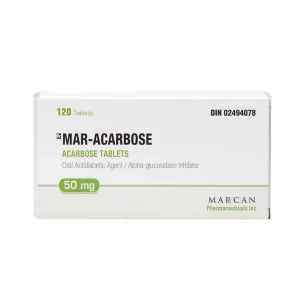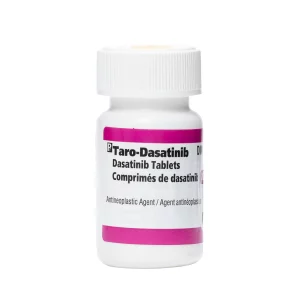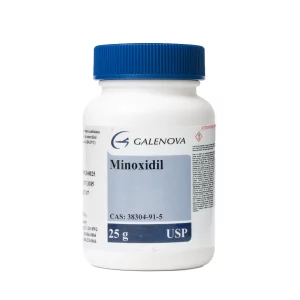Your cart is empty.
Your cart is empty.
Metformin is a medication used to manage type 2 diabetes, polycystic ovary syndrome (PCOS), and support weight loss. In the context of metformin and PCOS, it helps regulate menstrual cycles and improve insulin sensitivity. Regarding metformin and weight loss, it can reduce appetite and enhance insulin sensitivity, supporting healthy weight management.
This guide explains how to choose the right metformin dosage based on your health goals. It outlines typical dose ranges for different conditions, including PCOS and weight loss, and provides guidance on when to adjust. You’ll learn how to incorporate metformin into a longevity-supportive routine. If prescribed metformin, you can shop metformin from reputable sources. Consult a healthcare professional to determine the best dosage for your specific needs and ensure safe and effective treatment, supporting your overall health and wellness goals.
Metformin plays a crucial role in managing blood sugar and metabolic function. The correct dosage for metformin is vital to balance effectiveness and tolerance. Typical dosages range from 500 to 2000 mg daily, with dose adjustments made based on individual needs and response. Proper dosing ensures optimal results for diabetes, prediabetes, and general metabolic support. Taking the right dose helps achieve desired outcomes. A healthcare professional can help determine the best dosage for specific needs, ensuring safe and effective treatment. By following the recommended dosage, individuals can maximize metformin’s benefits and support their overall health and wellness goals.

Metformin is a commonly prescribed medication for managing blood sugar levels. The typical starting dose is 500 mg once or twice daily, with gradual titration schedules to achieve optimal results. The maximum daily dose usually ranges from 2000 to 2550 mg, often consumed in divided doses to minimize gastrointestinal side effects.
Dosage formulations and adjustments:

Metformin tablets are available in various strengths, including 500 mg and 2000 mg. The dosage of metformin varies based on the specific health goal.
Dosage guidelines
Dosage adjustments are tailored to individual response and tolerance, emphasizing the importance of consulting a healthcare professional to determine the optimal dosage for specific needs.
Adjusting the dosage of metformin based on tolerance and response is crucial for optimal effectiveness. Recognizing when to increase or decrease the dosage involves monitoring for signs such as plateauing results or digestive sensitivity. Regular follow-ups and lab testing help determine the need for dosage adjustments. It’s essential to consider kidney function, as metformin is excreted through the kidneys, and age-related dosage considerations may apply. Healthcare professionals may adjust the dosage based on individual needs and response to treatment.
By closely monitoring tolerance and response, individuals can work with their healthcare provider to find the optimal dosage for their specific needs, ensuring safe and effective treatment. Regular monitoring helps achieve desired outcomes.
A visual breakdown of typical dosing schedules can help guide safe and effective use of metformin.
| Criteria | Dosing Schedule |
| Diabetics and Pre-diabetics (use case) | Metformin dosing varies; typically 500-1000 mg taken 1-3 times daily with meals. |
| Adults | For adults, metformin dosing typically starts at 500mg daily, increasing to 2000 mg as needed. |
| Older Adults | For older adults, metformin dosing starts low, 500-850 mg daily, adjusting cautiously with renal monitoring. |
| Immediate-release formulation | For immediate-release metformin, typical dosing is 500 mg twice daily or 850 mg once daily initially. |
| Extended-release formulations | For extended-release metformin, typical dosing is 500-2000 mg once daily, usually taken with an evening meal. |
How to use the chart:
Safe consumption:
The typical starting metformin dosage is 500mg once daily, often taken with dinner, with adjustments made after 1-2 weeks based on efficacy.
Noticeable results from a new metformin dosage typically appear within 2-4 weeks, enhanced by consistent diet and exercise habits and patience.
Metformin can be taken once daily, especially extended-release forms; however, always follow a healthcare provider’s specific instructions for optimal efficacy and safety.
Consider extended-release metformin if you experience gastrointestinal discomfort or need once-daily dosing for better adherence and potentially improved tolerance.
A higher metformin dose isn’t always more effective; benefits can plateau, and increased doses may elevate gastrointestinal side effects and risks significantly.
Reference
https://doi.org/10.3390/ph14020122
https://pmc.ncbi.nlm.nih.gov/articles/PMC5934269
https://doi.org/10.2337/cd21-0043
https://doi.org/10.1093/brain/awad366
https://pmc.ncbi.nlm.nih.gov/articles/PMC10245800


Acarbose blocks carbohydrate breakdown in the small intestine, preventing rapid glucose absorption spikes.

Dasatinib eliminates senescent cells through selective apoptosis, clearing age-damaged tissues from the body.

Metformin inhibits hepatic glucose production while enhancing insulin sensitivity, offering cost-effective Type 2 diabetes management.

Minoxidil dilates scalp blood vessels, increasing nutrient delivery to hair follicles while extending the anagen growth phase duration.
Unlock savings on bundles and elevate your online experience today!